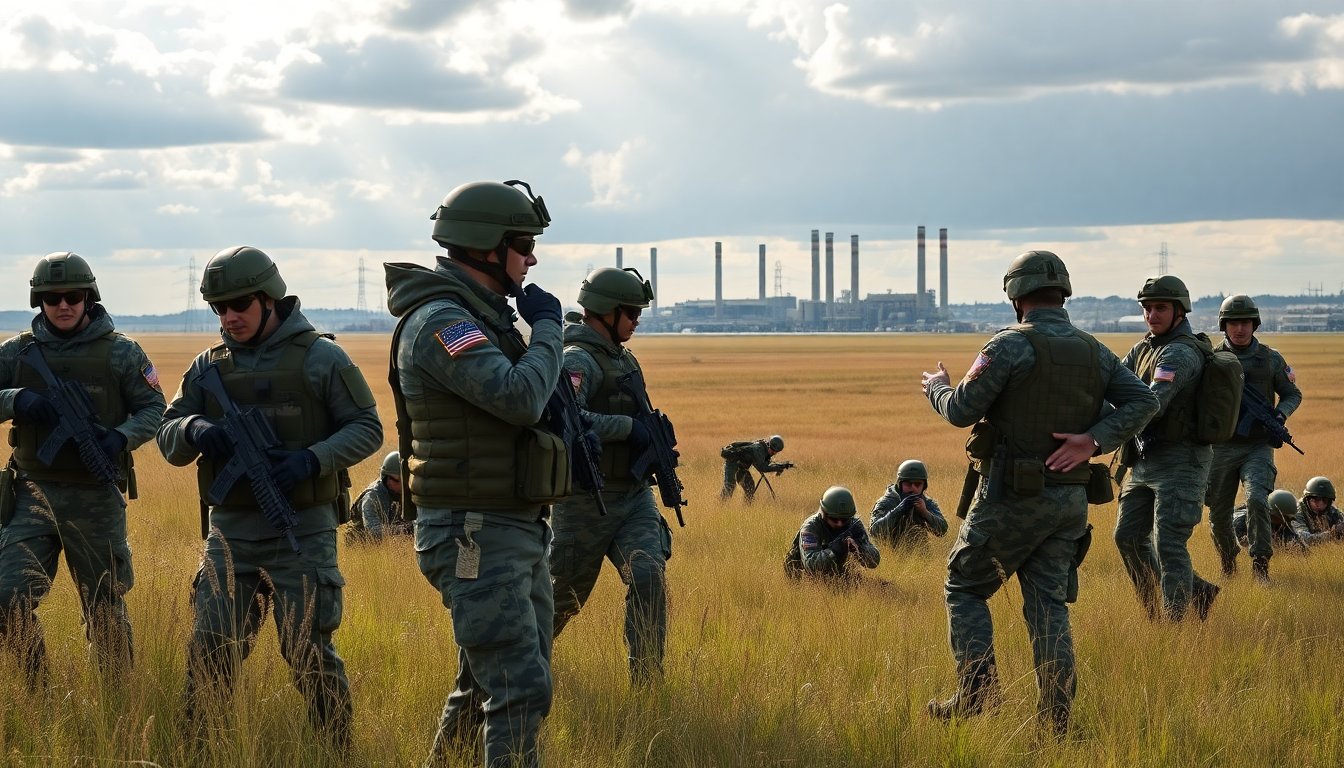Table of Contents
In a pivotal legislative decision, both chambers of Russia’s Parliament have approved a law allowing the government to call up reservists to safeguard what are classified as ‘critical infrastructure’ during specific training exercises. This law is perceived as a strategic initiative to bolster the energy, transport, and industrial sectors against potential threats such as Ukrainian drone strikes.
Russia’s pool of reservists now includes approximately 100,000 individuals, a significant rise from just 2,000 earlier in 2025. This increase aligns with the military’s preparations for a potential invasion of Ukraine, underscoring a trend of escalation in response to perceived threats.
Additionally, a previously undisclosed executive order from , obtained by Meduza, indicates plans to establish state-run enterprises comprised entirely of reservists. This initiative is already being implemented in regions such as Belgorod and Kursk.
Understanding the new legislation
An analysis of the newly enacted law indicates a lack of explicit limitations regarding the duration of these ‘special drills’ to the initial 60-day period.
Although officials have informally suggested the possibility of extending these drills, the existing ambiguity raises concerns about the likelihood of prolonged military involvement. Individuals who enlist for active duty are currently removed from the mobilization reserve, yet their training and health status position them as suitable candidates for future conscription.
While an extensive mobilization phase could be on the horizon, this law appears to facilitate the integration of citizens into military roles without necessitating a large-scale draft. Internal military documents, designed for limited distribution, suggest that involving reservists in state-owned enterprises would reduce the need to conscript civilians who may not possess the required skills.
Consequences for those evading service
The ongoing conflict has intensified challenges for Russians seeking to avoid military service, particularly within the European Union. In June 2025, a 21-year-old Russian named Daniil Mukhametov defied his conscription orders. In a bold move, he exited a train bound for Kaliningrad while traveling through Lithuania, aiming to seek asylum in Finland.
Contrary to his expectations of finding safety, Mukhametov joined over 100 Russian nationals facing deportation from Finland. Local authorities maintain they are not required to recognize conscription as a legitimate basis for asylum under UN asylum regulations, mistakenly claiming that Russia’s mobilization efforts have ceased. Consequently, Mukhametov is now at risk of being sent back to Lithuania and ultimately to Russia.
Military tensions and international relations
In a recent statement, Russian Foreign Minister Andrii Sybiha announced that Moscow has launched 23 attacks on Ukraine this year utilizing ground-launched 9M729 missiles. The development of these missiles was pivotal in Donald Trump’s decision to withdraw from the Intermediate-Range Nuclear Forces Treaty in 2019. Reports from Kyiv suggest that these attacks began shortly after Trump’s meeting with Putin in Alaska, highlighting a concerning pattern of military aggression.
In response to Kyiv’s claims about the missile strikes, Kremlin spokesperson Dmitry Peskov directed questions to the Defense Ministry. He reiterated Russia’s position, asserting that the missiles do not violate the treaty’s range restrictions. This persistent military conflict emphasizes the precarious nature of European security and the complex relations between Russia and NATO.
Geopolitical ramifications
As the conflict continues, both Kyiv and Moscow are vying for support from the United States. Presidents Volodymyr Zelensky and Vladimir Putin have made significant efforts to influence U.S. public and political opinion. However, these initiatives often yield unpredictable results. The intricacies of these international relationships underscore the competition for U.S. favor, which could significantly impact the trajectory of the conflict.
In addition, the geopolitical environment is evolving. Ukraine is working to strengthen its connections with Western alliances, notably the European Union and NATO. This drive for closer integration faces opposition from Russia, which views these developments as direct challenges to its regional influence.
Russia’s new reservist law reflects a strategic shift aimed at enhancing military readiness while avoiding large-scale mobilization. This legislative change is likely to have significant ramifications, impacting both domestic policies and international relations. The evolving situation will continue to influence the ongoing conflict in Ukraine and potentially other global dynamics.





